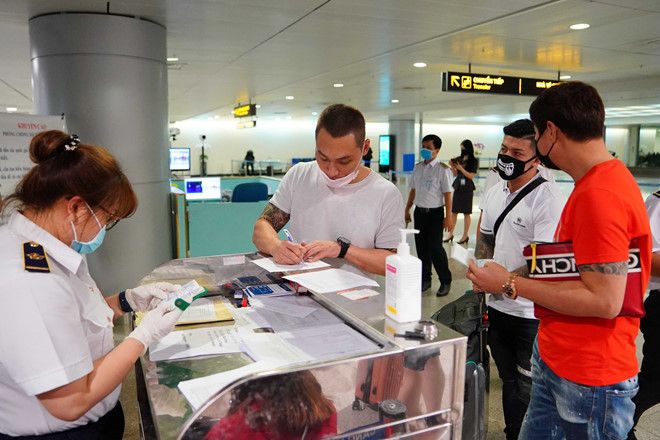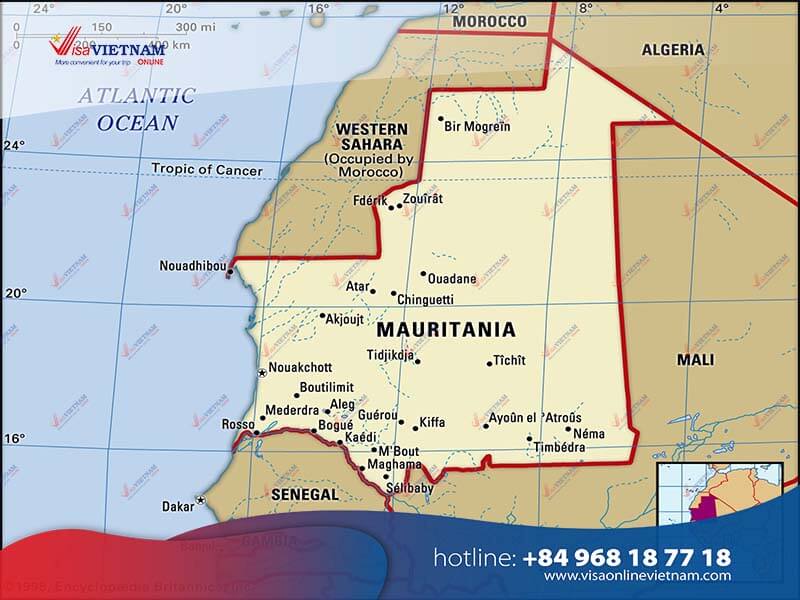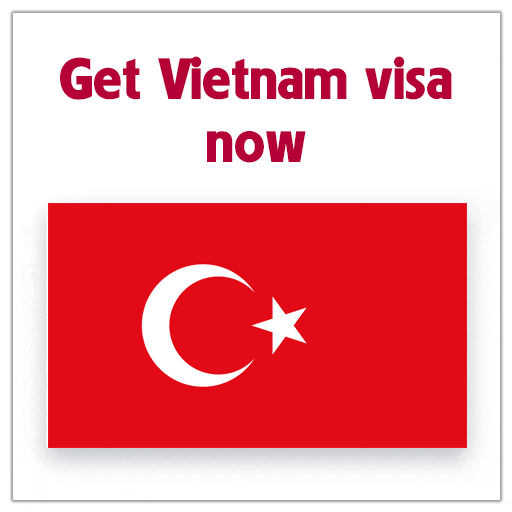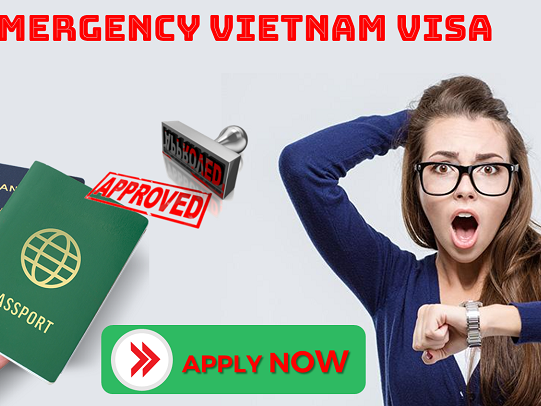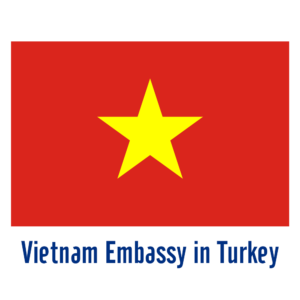Citizens from 80 countries will be allowed to get an e-visa from July 1, the government said in a resolution signed on Monday.
The 79/NQ-CP resolution was issued in line with the Law on Foreigners’ Entry Into, Exit From, Transit Through and Residence in Vietnam.
The 80 countries include Austria, Poland, Belgium, Portugal, the UAE, Germany, India, South Korea, the U.S., Italy, Finland, France, China, Brazil, Canada, Russia, the UK, Japan, Spain, Sweden, Switzerland, the Netherlands, Norway, and more.
The resolution also details eight airports, 16 land border gates, and 13 sea border gates where foreigners can enter and exit Vietnam with an e-visa.
What is Vietnam’s e-Visa?
Vietnam’s e-Visa is one of several visa types offered by the Vietnam Immigration Department to foreigners entering the country. The e-Visa is valid for 30 days, and single entry only. The e-Visa costs 25 USD for card payments. It requires three full working days to process.
What is the requirement for Vietnam e-Visa?
- A passport with six (6) months’ validity
- A photo in .jpg format of your full passport data page
- A passport photo in .jpg format (4×6, white background, without glasses)
- A valid international credit or debit card
- An email address for support purposes
- A temporary address within Vietnam
- Your entry and exit dates and entry and exit points/airports
How to Apply for Vietnam e-Visa?
- Open the official website for Vietnam’s e-Visa Application at: https://evisa.xuatnhapcanh.gov.vn/.
- Upload .jpg images of your passport data page and passport photo
- Fill up all required info from your passport data page
- Fill up all required info regarding your trip
- Pay the e-Visa fee using any of the payment methods offered
- Receive your registration code and save the number
Here is the list of border gates, those you can get into Vietnam by road, by air and by water ways.
08 Air ways
- Noi Bai International Airport in Hanoi Capital city
- Tan Son Nhat International Airport in Ho Chi Minh City
- Cam Ranh International Airport in Nha Trang City of Khanh Hoa Province
- Da Nang International Airport in Da Nang city
- Cat Bi International Airport in Hai Phong city
- Can Tho International Airport in Mekong Delta
- Phu Quoc International Airport in Phu Quoc Island of Kien Giang Province
- Phu Bai International Airport in Hue city
16 Road ways
Tay Trang (Dien Bien province); Mong Cai (Quang Ninh province); Huu Nghi/ Friendship (Lang Son province); Lao Cai (Lao Cai province); Na Meo (Thanh Hoa); Nam Can (Nghe An province); Cau Treo (Ha Tinh province), Cha Lo (Quang Binh province); Laban, Lao Bao (Quang Tri province); Bo Y (Kon Tum province); Moc Bai, Xa Mat (Tay Ninh province); Tinh Bien, Song Tien (An Giang province); Ha Tien (Kien Giang province).
13 Water ways
Hon Gai, Cam Pha (Quang Ninh province); Hai Phong (Hai Phong city); Nghi Son (Thanh Hoa); Vung Ang (Ha Tinh province); Chan May Port (Thua Thien Hue province); Da Nang (Da Nang city); Nha Trang (Khanh Hoa province); Quy Nhon (Binh Dinh province); Dung Quat (Quang Ngai province); Vung Tau (Ba Ria-Vung Tau province); Ho Chi Minh city; Duong Dong in Phu Quoc Island (Kien Giang Province).
For questions about the new policy, you should call Vietnam’s Immigration Department at +8424 3938 7320 or visit one of these offices.
- Immigration office in Hanoi: 44-46 Tran Phu, Ba Dinh District, Hanoi
- Immigration office in Da Nang: 78 Lê Lợi, Thạch Thang, Hải Châu, Đà Nẵng 550000
- Working hours: Monday-Friday (Morning: 7am – 11h30am; Afternoon: 1h30pm – 5pm) and Saturday (Morning time only).
@tuoitrenews
@VietnamInsider


